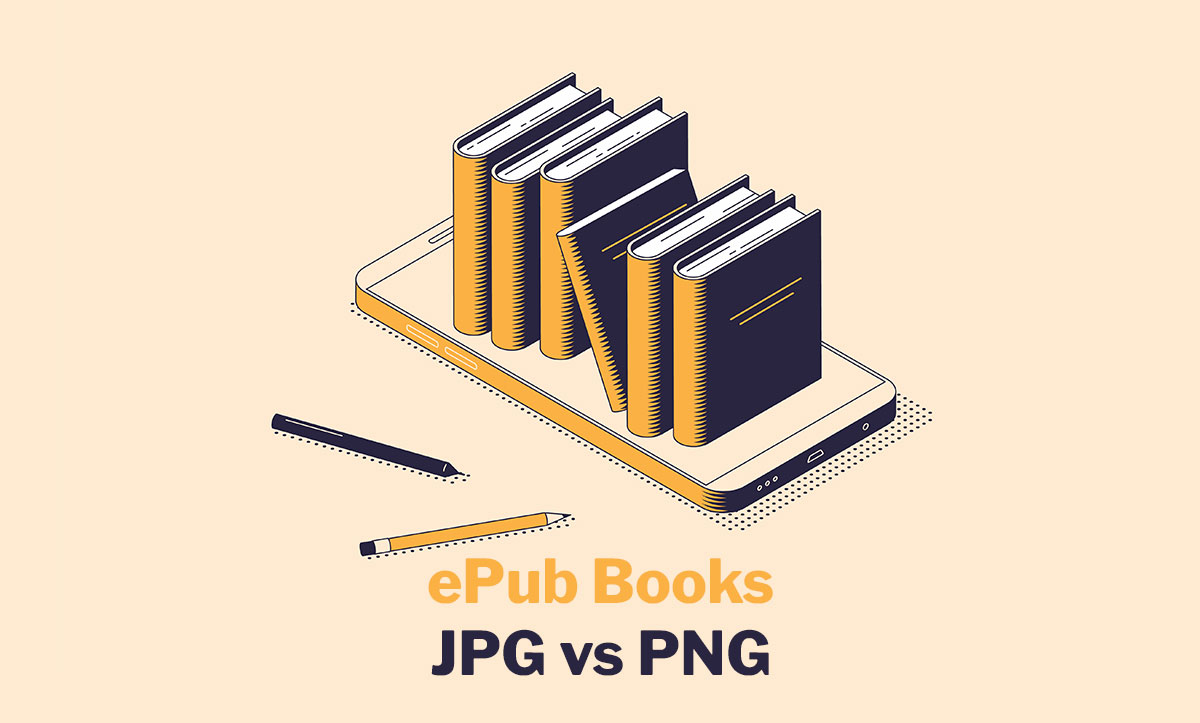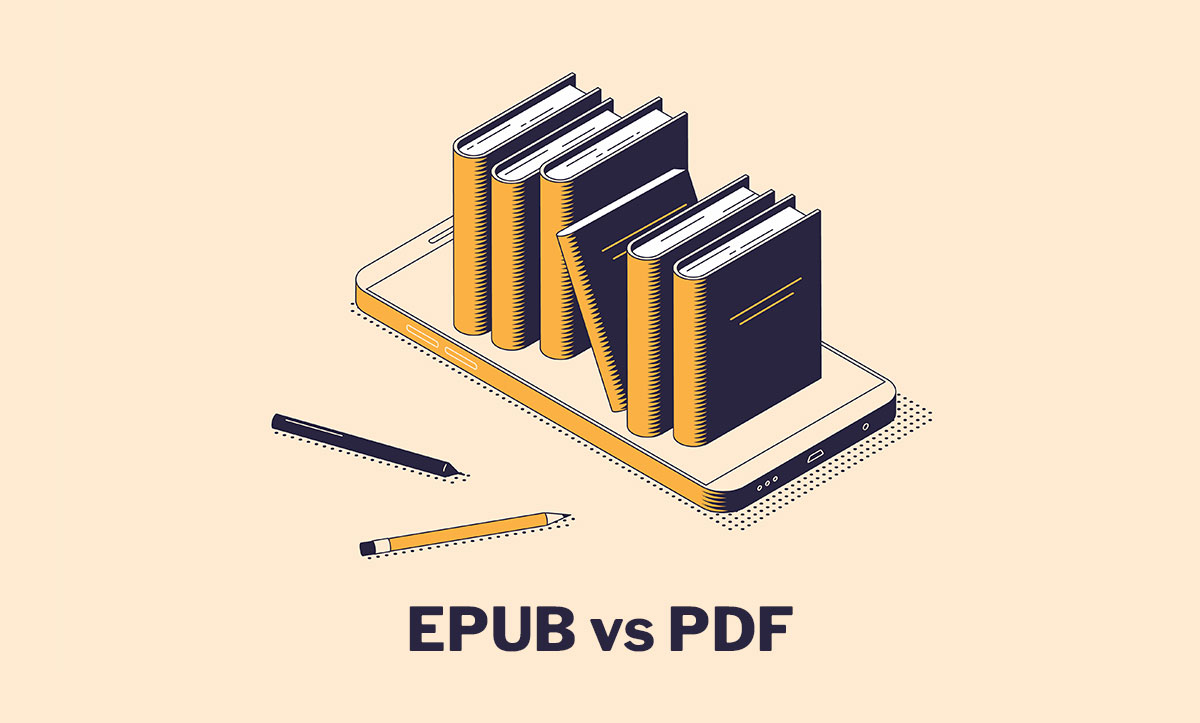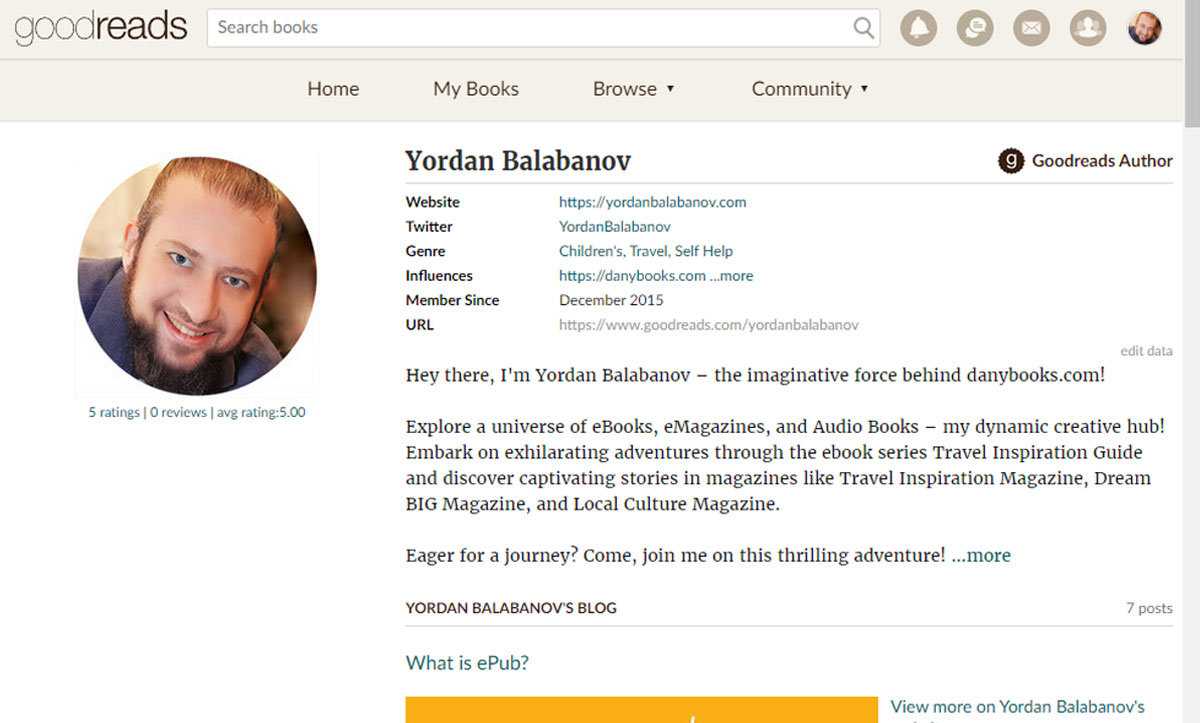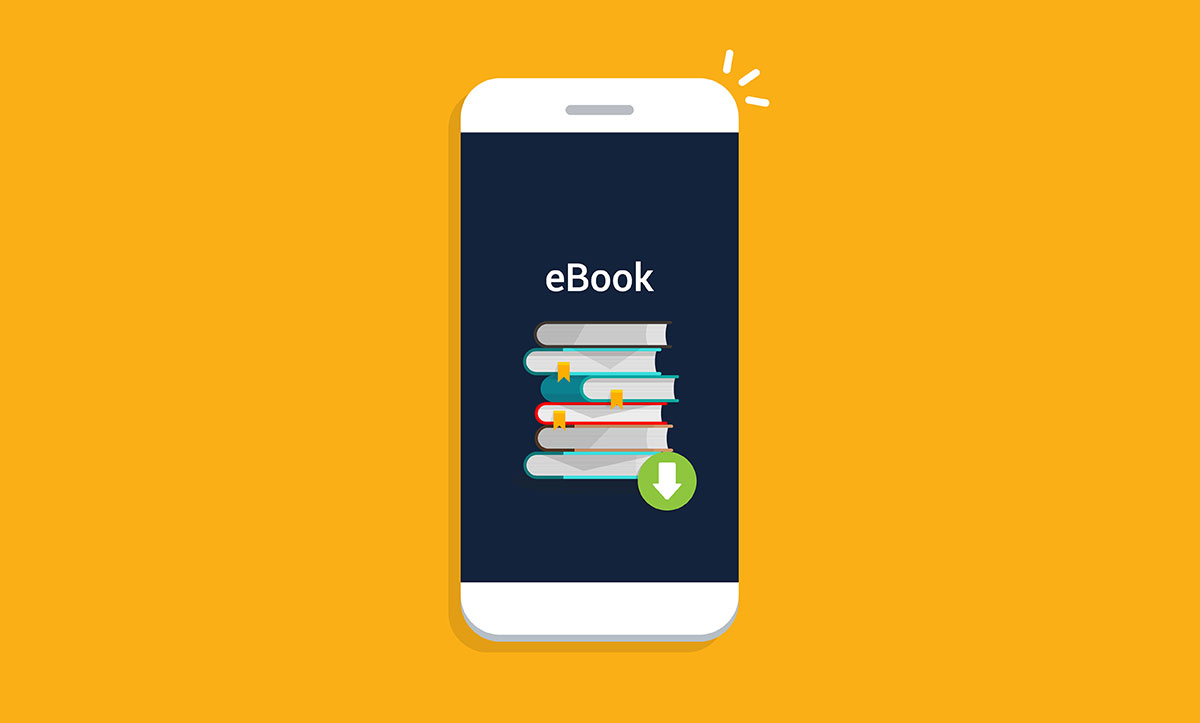In the ever-evolving landscape of technology, the traditional methods of reading have undergone a remarkable transformation with the advent of electronic readers, commonly known as eReaders. These sleek, portable devices have not only changed the way we consume literature but have also given rise to a new standard in digital publishing – the ePub format. In this article, we will explore the journey of eReaders and delve into the fascinating world of ePub books.
The Birth of eReaders
The concept of electronic reading devices has its roots in the early 20th century, but it wasn't until the 21st century that eReaders truly came into their own. The launch of the Amazon Kindle in 2007 marked a turning point, introducing readers to a lightweight, portable device capable of storing an entire library at their fingertips. The eReader market exploded, with competitors like Barnes & Noble's Nook and Kobo joining the race.
The Advantages of eReaders
One of the primary reasons for the widespread adoption of eReaders is their unparalleled convenience. Gone are the days of lugging around hefty hardcovers; eReaders allow users to carry an extensive library in a slim, pocket-sized device. Additionally, features like adjustable font sizes, built-in lighting, and long battery life have enhanced the reading experience for users of all ages.
ePub Books: The Standard in Digital Publishing
While eReaders opened up a new realm of possibilities, the ePub format emerged as the standard for digital publishing. ePub, short for electronic publication, is an open eBook standard that supports reflowable content, meaning the text can adapt to various screen sizes and orientations. This versatility makes ePub books compatible with a wide range of devices, ensuring a seamless reading experience across eReaders, tablets, and smartphones.
The Benefits of ePub Books
-
Adaptability: ePub books are designed to adapt to different screen sizes, making them suitable for various devices. Whether you're reading on a dedicated eReader or a smartphone, the content flows smoothly.
-
Customization: Readers can customize their reading experience with features like adjustable font sizes, background colors, and line spacing. This level of personalization caters to individual preferences and enhances accessibility.
-
Interactive Features: ePub books can incorporate interactive elements such as hyperlinks, multimedia content, and annotations, providing a dynamic reading experience beyond traditional print.
-
Accessibility: ePub books support accessibility features like text-to-speech, making them inclusive for users with visual or reading impairments. This commitment to inclusivity has contributed to the widespread adoption of ePub as a digital publishing standard.
Looking Ahead
As technology continues to advance, the landscape of eReaders and ePub books is likely to evolve further. The integration of virtual reality, enhanced multimedia experiences, and the continued refinement of eReader hardware are just a glimpse into the future of digital reading.
The marriage of eReaders and ePub books has revolutionized the way we consume literature, offering unparalleled convenience, customization, and accessibility. As we embrace the digital frontier, it's clear that the journey of eReaders and the rise of ePub books are pivotal chapters in the ongoing narrative of technological innovation and the love of reading.
 EN
EN  BG
BG 









